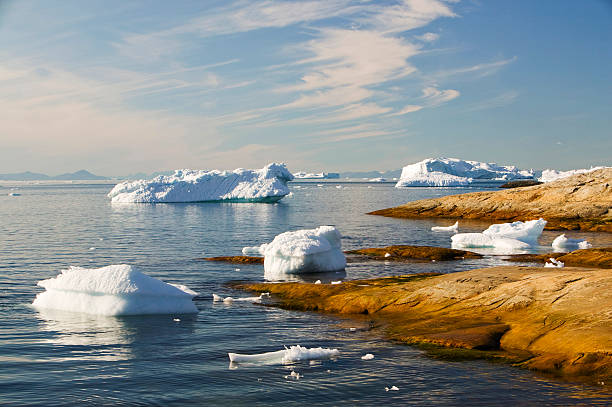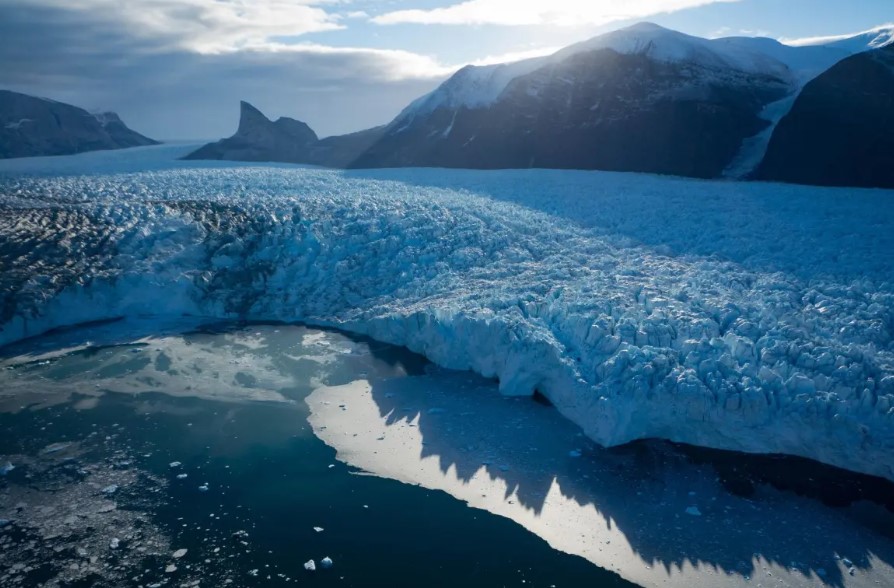Long-range weather forecasting has always been a challenge. Still, a recent study published in Weather and Climate Dynamics suggests that melting the Greenland ice sheet might be a key predictor of summer weather in Europe.
Dr. Marilena Oltmanns from the UK National Oceanography Centre, the study’s lead author, explains that the process involves several steps. When Greenland experiences warm temperatures, it results in increased meltwater flowing into the Atlantic Ocean.
This meltwater, being less dense than seawater, forms a layer on top of the ocean, diminishing the heat exchange between the air and sea.

Consequently, this creates stronger winds around the meltwater area. During winter, these winds cause a northward shift in the North Atlantic current, which is an extension of the Gulf Stream.
As the next summer approaches, these winds, following the altered current, are directed northward, influencing the development of atmospheric circulation patterns. These patterns tend to bring warmer and drier conditions to Europe.
According to Oltmanns, analyzing the location, extent, and strength of these freshwater events can help predict subsequent weather patterns. This year, based on the study, the conditions are expected to favor an unusually warm and dry summer in southern Europe.
This research highlights a novel connection between Greenland’s ice melt and European weather, offering a new tool for predicting summer conditions across the continent.

